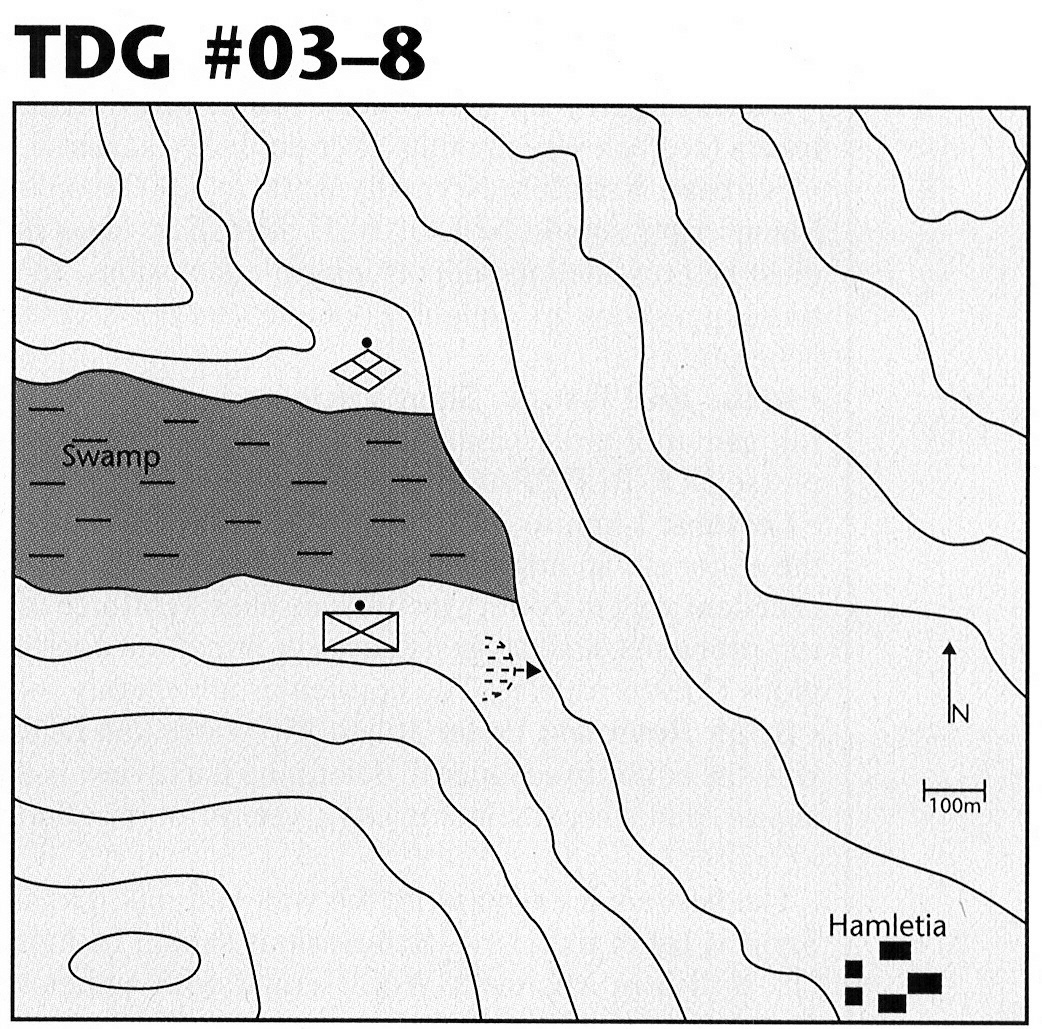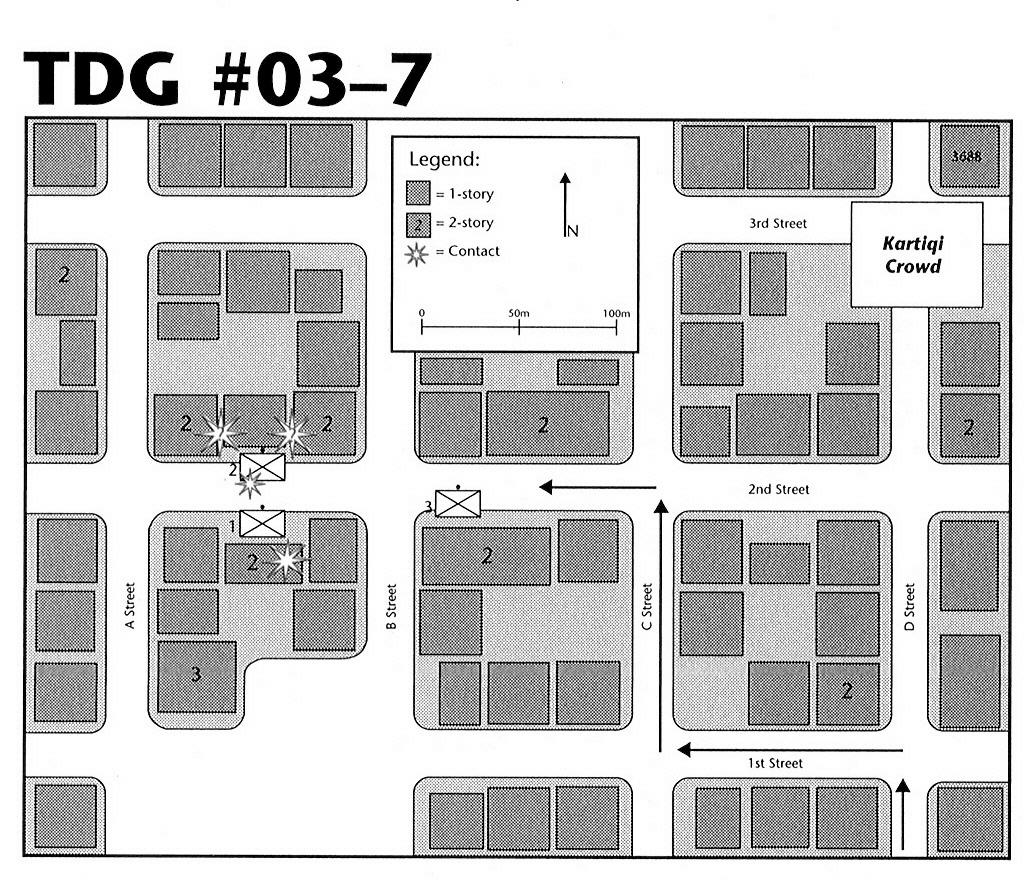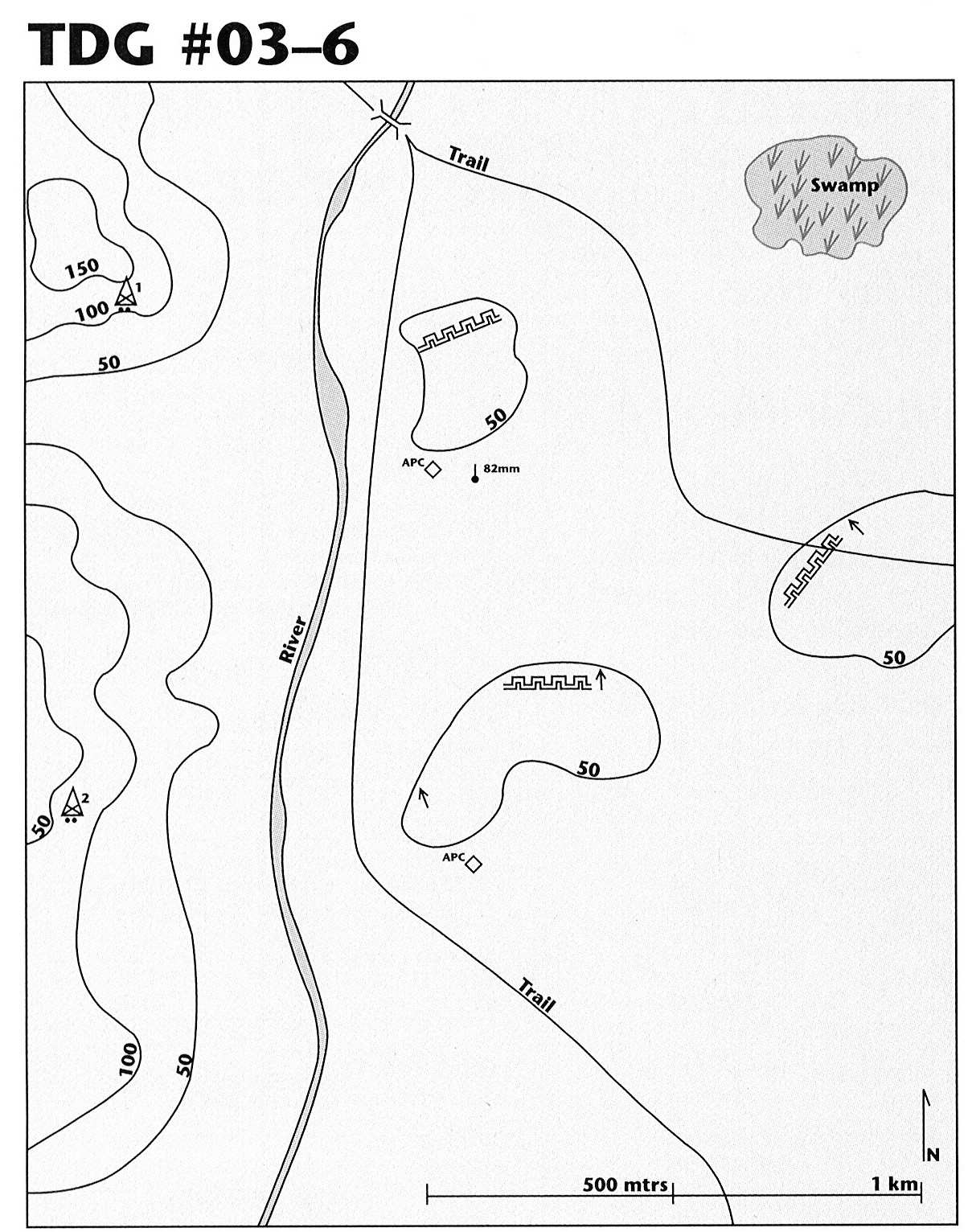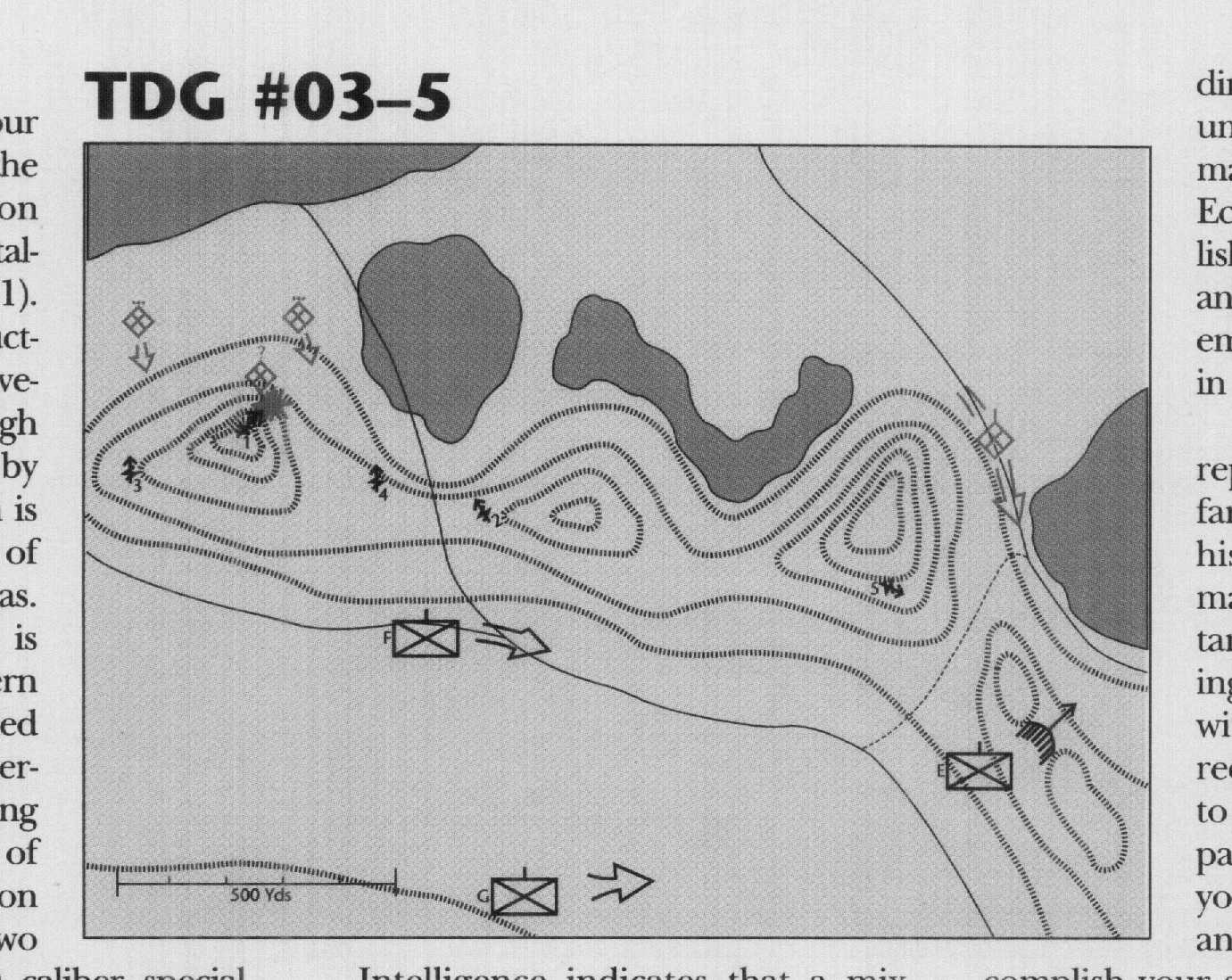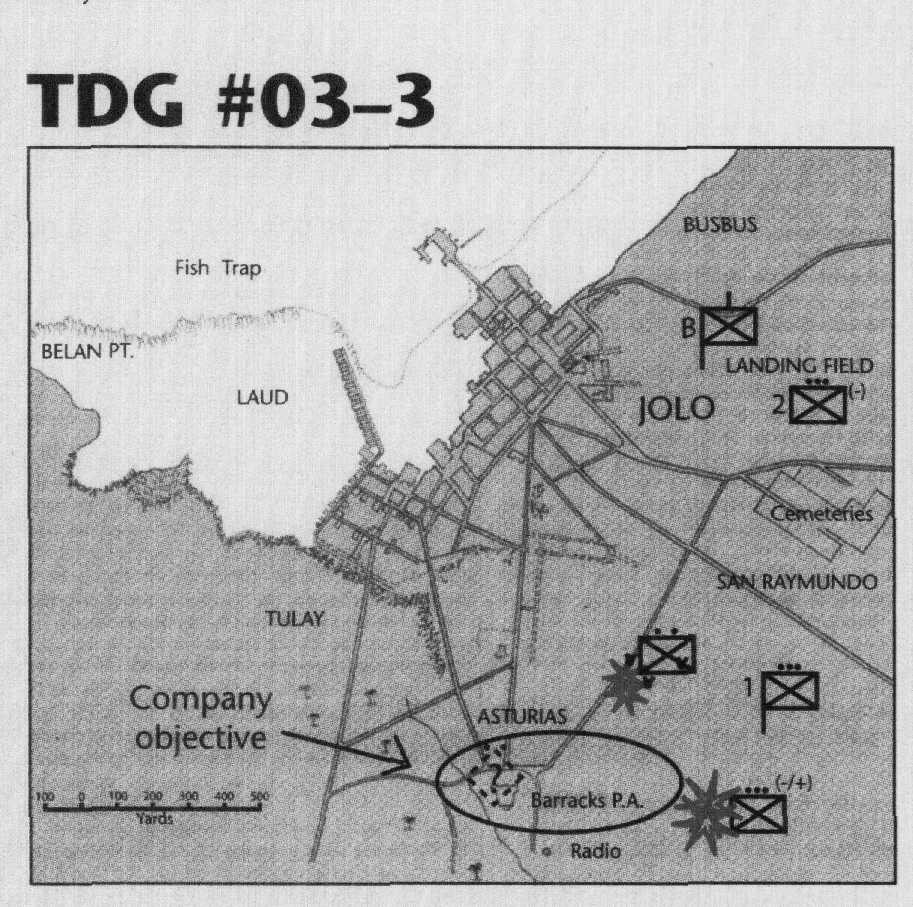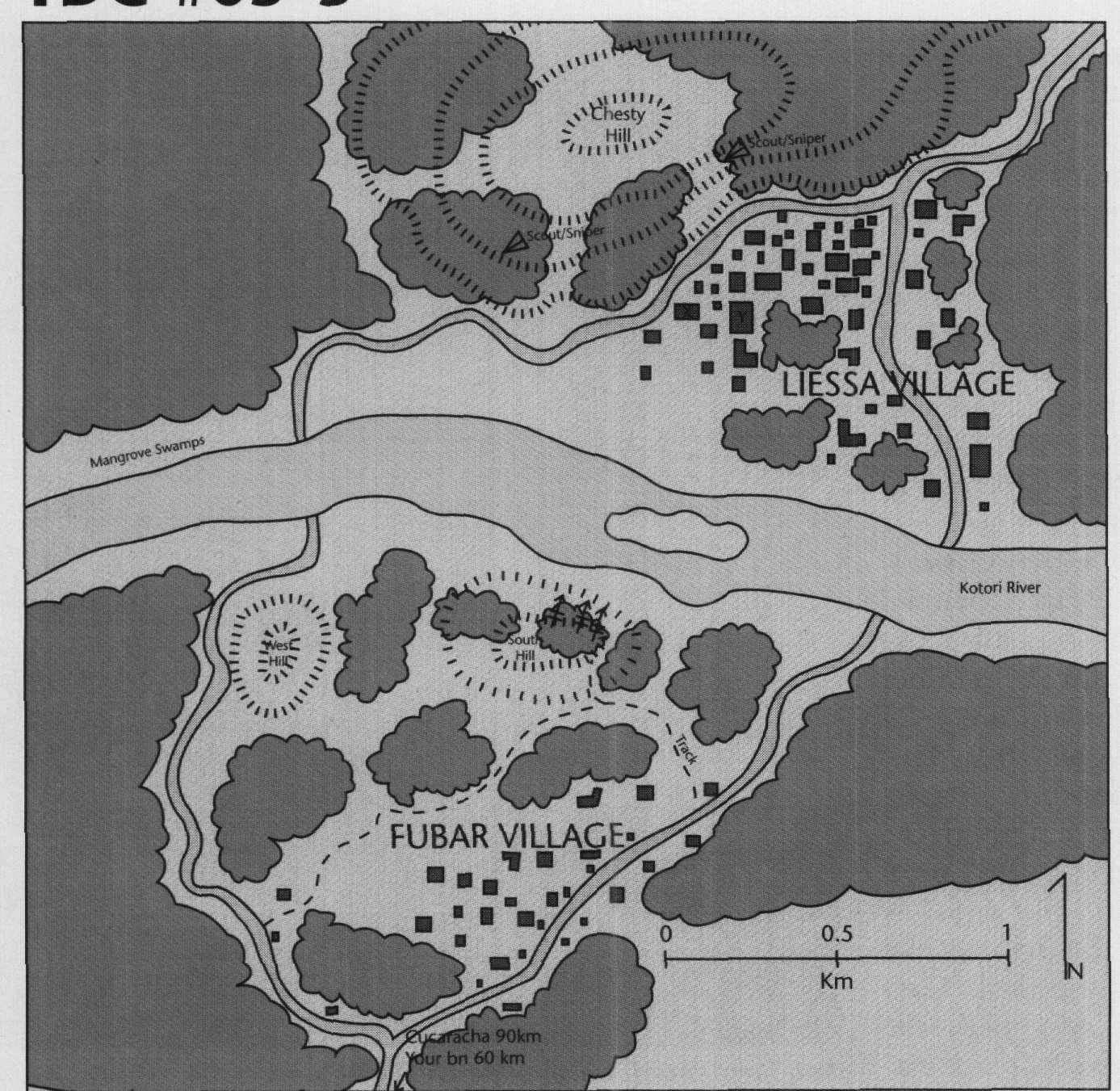by Capt John C. Ketcherside
The Marines have a history of embracing innovative concepts that add to their warfighting capability. These concepts include intellectual and academic ideas, such as wargaming. The wargaming conducted by the Marine Corp in the 1930s laid the foundation of the amphibious doctrine used in World War II and is still cited as a classic use of wargames to win wars. However, in the Marine Corps today, wargaming below the Marine expeditionary force (MEF) level suffers from ignorance and apathy-I don’t know and I don’t care. Most Marines have not been exposed to any wargaming or simulations during their careers, and have no idea why they should be. This is because wargaming in the modern Marine Corps suffers from both misused capabilities and unused potentials.
For clarity, this article is not referring to course of action wargaming as used in the Marine Corps Planning Process. Rather, it is referring to the conventional wargame that is a conflict simulation or as defined by the Wargaming Division of the Marine Corps Warfighting Laboratory (MCWL) as:
. . . the artificial replication of a situation of competition or conflict not involving actual military forces, and is characterized by human decisionmaking which impacts the course of events throughout. It revolves around the interaction of two or more opposing forces guided by predetermined objectives, rules, data, and procedures designed to depict an actual or assumed real world situation.
The Marine Corps has developed two extremes in regard to wargaming. The first is that most simulations Marines encounter (if they encounter any) are large, complex, high command-level computer simulations that last for days or weeks. On the other end are tactical decision games (TDGs). TDGs are one of the best and most enduring training aids the Marine Corps has used, but they are limited by the fact that they have a static enemy force. They are excellent for what they are designed to do, and that is train Marines to develop an executable plan in the minimum amount of time. But, unlike a simulation, there is no following test of that plan against a thinking enemy. A simulation trains a Marine in the same things as a TDG but also trains the decisionmaking cycle against an intelligent opponent.
As far as the large, complex simulations are concerned, this is where the Marine Corps has misused capabilities. This author has participated in Marine tactical warfare simulations in Twentynine Palms, Camp Lejeune, and with the Marines in Thailand, and in ULCHI Focus LENS in Okinawa and UNIFIED ENDEAVOR at Camp Lejeune. The utility of these simulations for command levels below division was minimal. These simulations were designed to train joint commands on a MEF level and higher. These fall under the category of Title 10 wargames, such as the type addressed in the article by the Wargaming Division, MCWL, “Expeditionary Warrior: The Marine Corps and Title 10 Wargaming,” (MCG, Sep03). These games usually involved dozens or hundreds of people for several days or weeks. The problem is that for Marines and staffs under a divisional level, there is a great deal of time spent with little in return. Since the focus of these games is high-level command and control, small unit staffs are relegated to pushing icons around the screen in a slow and tedious process. There is rarely any realistic tactical play for these units. For instance, the smallest level unit in ULCHI FOCUS LENS was a battalion that could not be broken down into its component units. This is a software problem and could be fixed, but that is not the focus of Title 10 simulations, so it probably will not be addressed.
Nor should it be. The focus for Title 10 wargames is high-level command and control. The actions of an individual company may not contribute to the training objectives on that level. The problem is that battalion staffs, company grade officers, staff noncommissioned officers (SNCOs) and NCOs are drawn into these simulations to act as unit commanders and staffs. While these units derive some training benefit from these simulations by conducting staff planning and writing orders, this is usually done by the unit only for their use and will end up having no real impact on the simulation. Battalion and company commanders would most prefer to use their scarce time to conduct this type of staff training in conjunction with their own field exercises and training objectives.
The future trend is for more simulations of this type becoming bigger, more complex, and joint. The MCWL Warfighting Division web site at <www.wargaming.quantico. usmc.mil> discusses several of these simulations in detail. This is a good trend and will be most beneficial to joint staffs and higher level commands. Unfortunately, it is not good for units that must participate or send Marines to participate for a week or more at a time in a simulation that provides little to the unit in return.
How can this problem be corrected? Two ways are by focusing and limiting-focusing on what the training objectives of these simulations are and limiting the number of people involved to those being trained and the minimum needed to operate the simulation (usually contractor personnel). Focusing on specific objectives and personnel will restrain the urge to incorporate more and more Marines with the idea that “everyone will get something out of it.” Specifically, if the objective is to train a joint staff in strategic-level operations, then there is no need to incorporate lieutenants as battalion commanders pushing icons across a screen. This addresses the misused capability in wargaming the Marine Corps has, but what about the unused potential?
The unused potential is the widespread availability of wargames and the ability of battalions, companies, and squads to use them for their own training. For the purposes of this article there are three types of wargames available for widespread use-computer, manual, and nonspecific.
Off-the-shelf computer wargames abound. They can be obtained cheaply and are easy to learn how to use. These include much more than traditional “first-person shooter” games such as Doom© and Tom Clancy’s Rainbow Six© series. For instance, Talonsoft has an entire series of games called The Operational Art of War© spanning conflicts across the 20th century. This series of games allows the player to command units from battalions to divisions. On a lower level, games such as Steel Panthers© by Matrix and Talonsoft’s Eastfront and Westfront allow the player to command any number of individual squads and vehicles. Generally, even the first-person shooter games give the player the option of controlling anywhere from 1 man to a 12-man squad in game-provided scenarios or in player-generated scenarios.
These games can be configured to suit unit training objectives. Most have scenario generators that allow the user to develop his own scenario, tables of organization, and tables of equipment for play. 1st Battalion, 6th Marines used Steel Panthers to simulate various engagements from Operation DESERT STORM, using scenarios generated by the battalion commander.
This article cannot even begin to cover computer wargames in any depth with the wide variety of games available. Rather, the intent is to show they are available, cheap, easy to use and, despite being designed for entertainment, have training potential.
Manual wargames are those simulations that have traditionally been called map exercises by the military. These span almost as wide a spectrum as computer games.
To begin with, like computer games, there is a wide variety of commercial board wargames available. A game can be found to simulate almost any conflict, historical or hypothetical, on almost any level from TSR/SPI’s Sniper!©, commanding individual men and vehicles, and Avalon Hill’s Advanced Squad Leader©, commanding squads and vehicles, to the popular Milton Bradley game Axis and Allies©, where the player commands an entire country or coalition. With a manual game such as this, it is even easier to modify it to suit the training objectives of the unit. Board wargames are much more difficult to find in stores than computer games, but they can be easily found on the Internet.
But manual wargames are not limited to what can be bought commercially. Anyone with paper and a map can conduct a manual simulation. Units can be represented by labeled pieces of paper moving across a map (or on a command and control personal computer) with a predetermined movement rate and fighting with a predetermined combat value. Dice rolls, a system of tables, or the ruling of a referee can resolve combat. Of course, this is simulation at it simplest. According to how the unit wants to train, factors such as weather, terrain, etc. can be factored in. What makes this system easy to use in the Marine Corps is that, unlike commercial games designed to entertain, the Marine Corps can use a referee in place of a more complex rules system for combat resolution. This is the method the German General Staff used at the Kriegsacademie in the mid- to late-1800s.
A variation of manual wargames would include the use of graphics or miniatures on a sandtable. The same basic concepts of movement and combat apply, but a sandtable has a greater flexibility in configuring terrain and adds a three-dimensional aspect. Miniature wargames are rising in popularity in the civilian sector. Games such as Warhammer© by Games Workshop is particularly popular. Warhammer is a fantasy/science fiction game that uses models to represent units on an elaborate map table that has realistically sculpted terrain. While not directly applicable to Marine Corps use, the principles of Warhammer can be applied to sandtable exercises. Warhammer is popular to the extent that it may be worth the time to query the Marines in a unit to see if there is a Warhammer player among them. And, like board wargames, there is a wide variety of miniature wargames to be found on the Internet, though the spectrum of conflict is narrower. Miniature wargaming focuses primarily on the tactical level as this is what models can best represent.
While I was at The Basic School an interesting variation of a sandtable exercise was used. The students were divided into teams and stood at sandtables at such a distance apart that the teams could not interact with each other. Each team was given a number of units to command, represented by their operational symbol on a piece of paper. Each team had the same terrain features on their sandtable and was given a specific objective. All movement, combat, and other information was given to each team by the referees who moved from table to table describing to each team what they could see and what the results of their decisions were. This exercise proved to be very popular with the students and tested their decisionmaking capability, as the referee gave only a limited amount of time for a lieutenant to make a decision. The use of the referee kept the simulation in “real-time” vice “turn based.” In effect, it was like being given one TDG after another in rapid succession, each one being affected by the previous decisions. I have used this exercise several times since for my Marines as it is very easy to set up and run.
Lastly, there are nonspecific games. Under this category fall generic games of strategy that are familiar to all. These include Chess, Go, Othello, Backgammon, Mancala, and any number of others. While they have no direct contribution to training, they exercise decisionmaking cycles and fire up the strategy neurons in the “brain housing group.” Even Monopoly© accomplishes this to some extent. They cost little enough to make available and are at least a much better way to pass time than some.
This article is not meant to imply that wargaming is a panacea to training and budgetary shortfalls in the Marine Corps. Nor is it advocating that wargaming be made mandatory at all levels. Rather, it is attempting to show that wargaming is another tool the commander has to train his Marines. It can be tailored to suit constraints of time and other resources and focused to meet specific training requirements.
High-level simulations are excellent training tools, especially for joint strategic operations. However, these simulations must be focused on specific objectives and limit the number of personnel involved to those who can benefit from the training. On the other end of the spectrum, this article hopes to show commanders the wide availability and adaptability of wargames for their use if it suits their needs. To paraphrase Clausewitz, the study of theory alone will not prepare one for combat, but will educate judgment. 1 Wargames are one more type of professional military education that can be used to educate.
- Von Clausewitz, Carl, On War, edited and translated by Michael Howard and Peler Paret, Princeton University Press, NJ, 1976, p. 141.


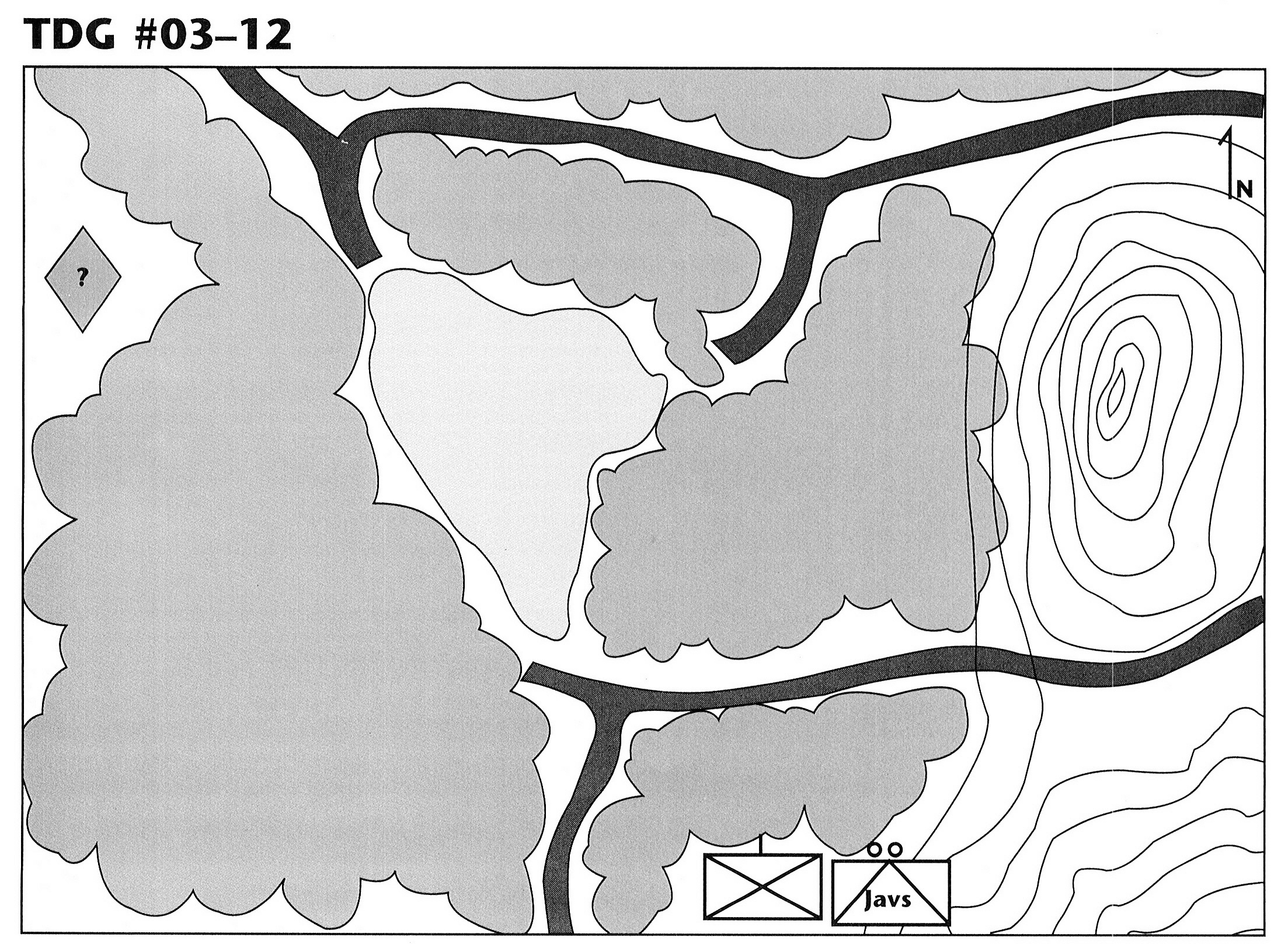
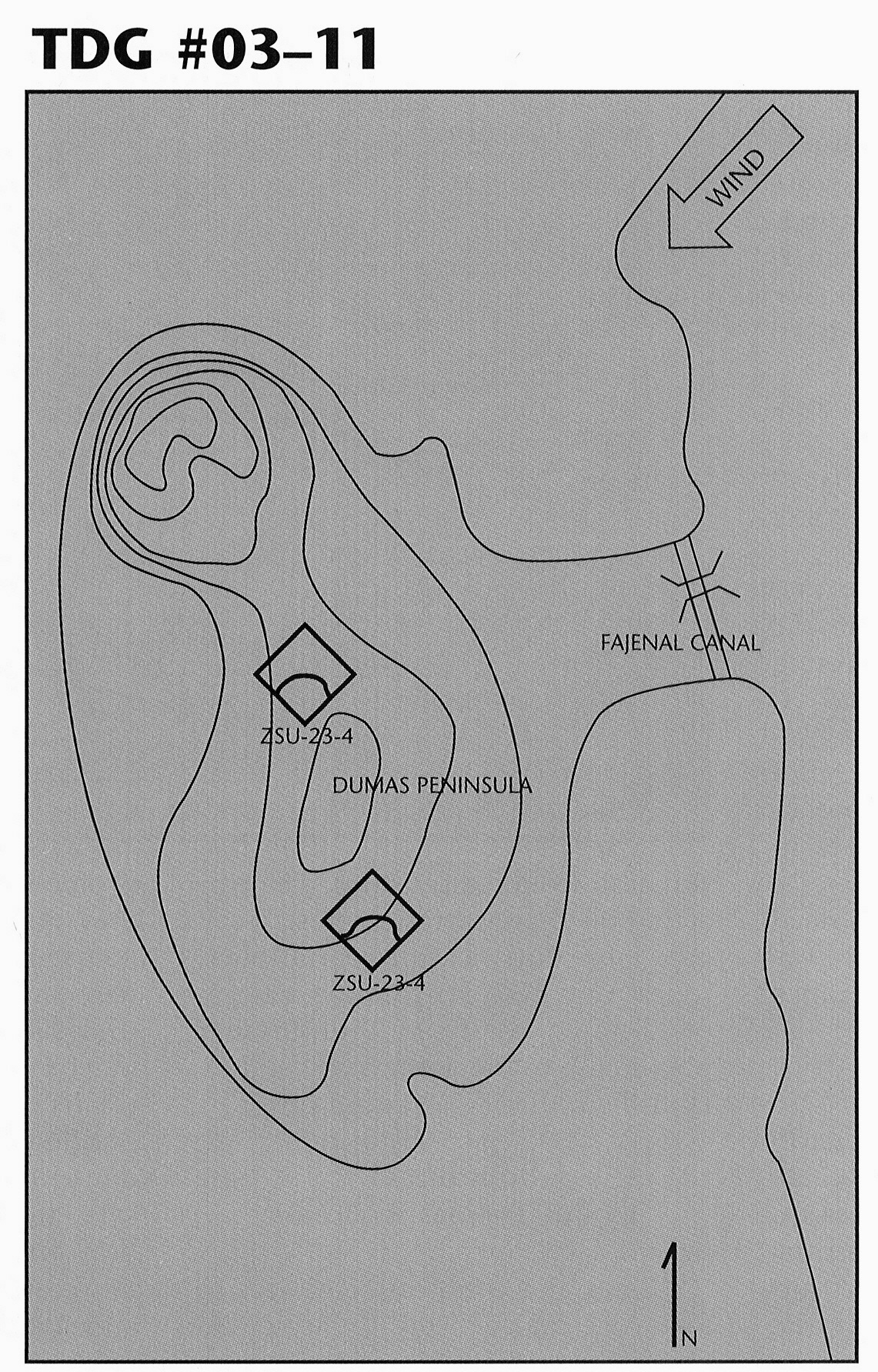
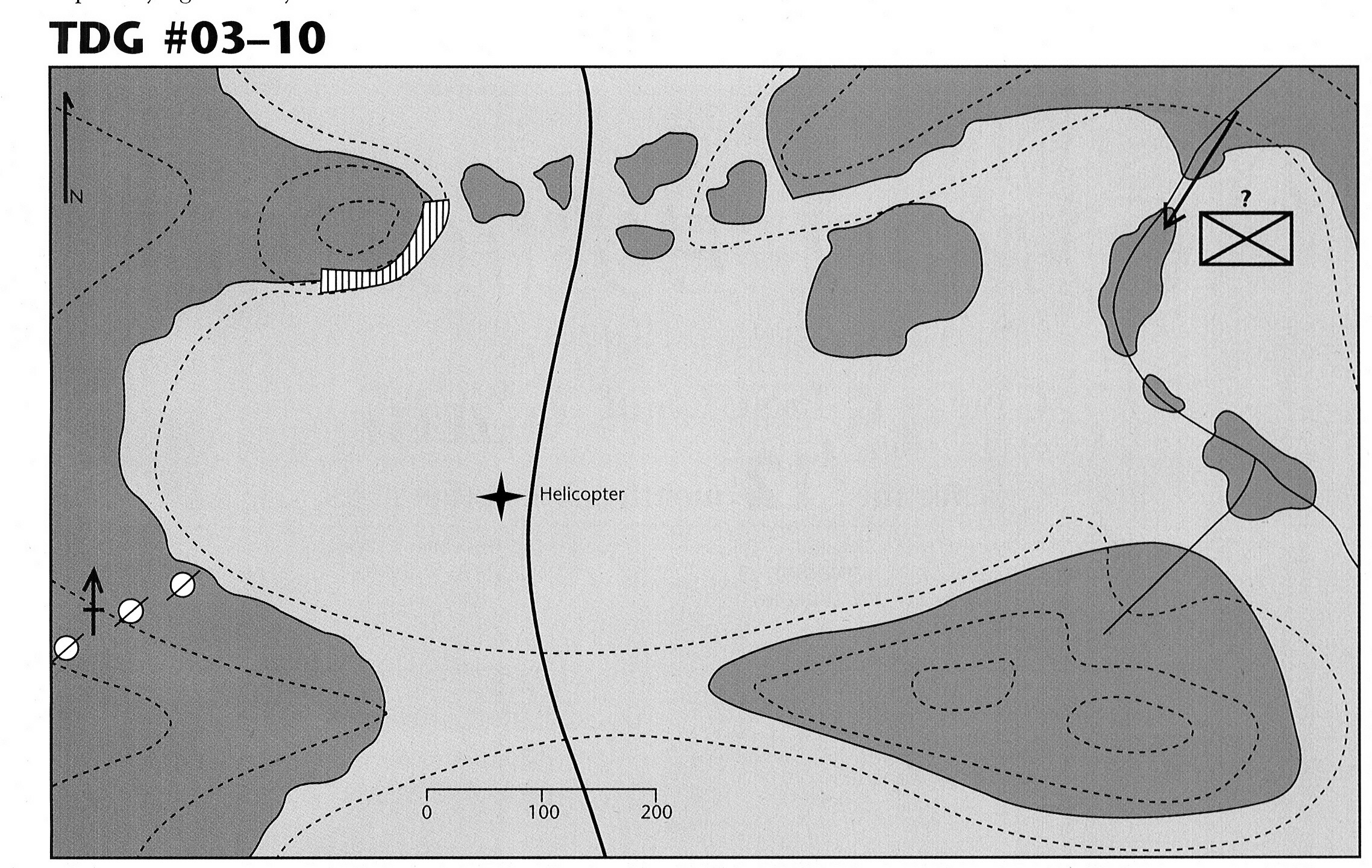
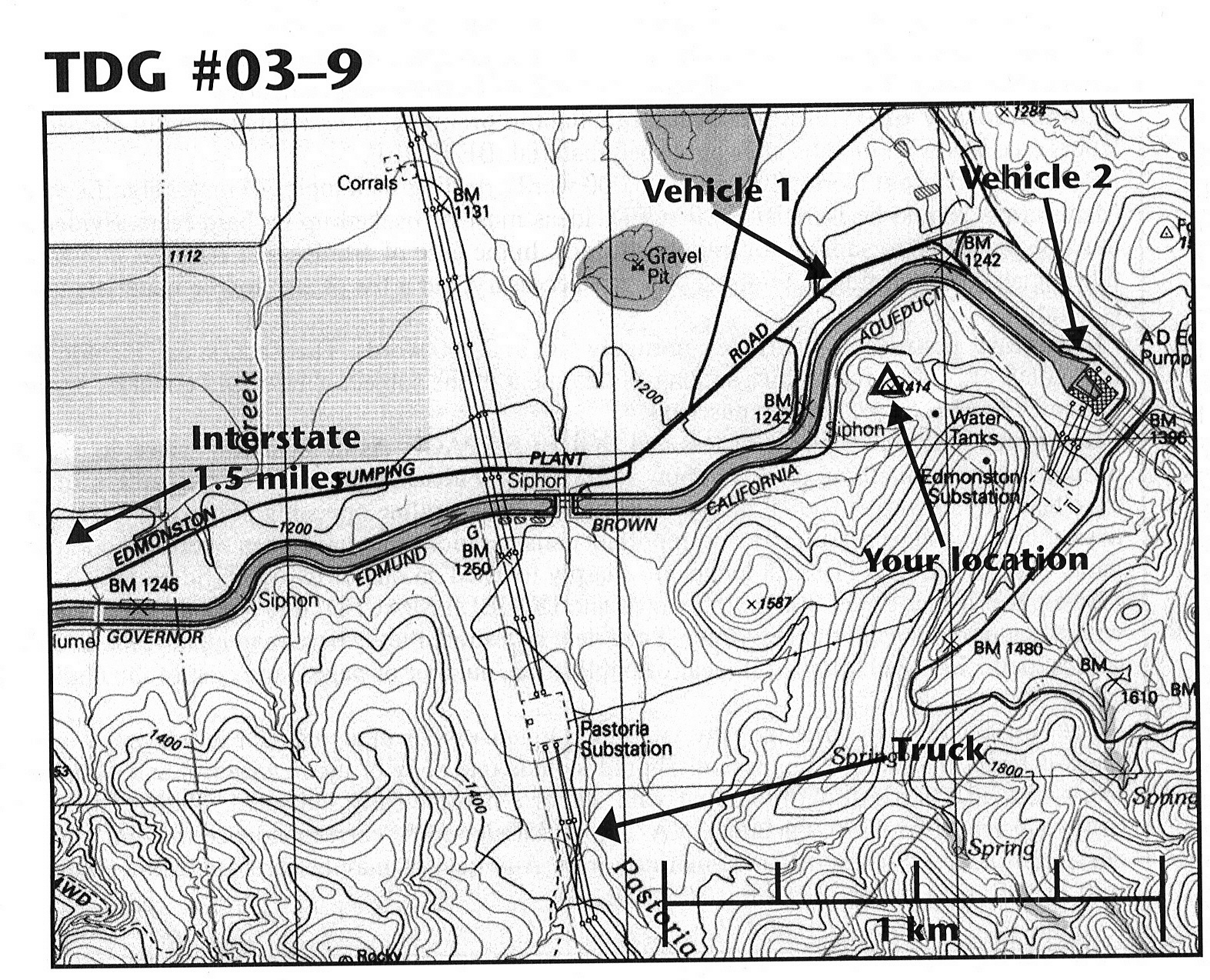
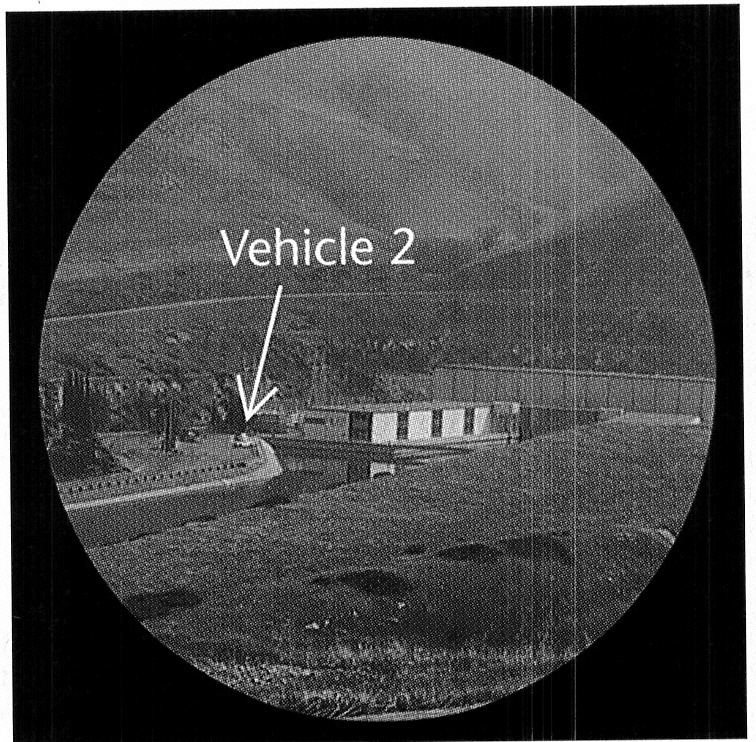 Requirement
Requirement